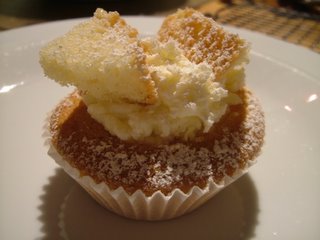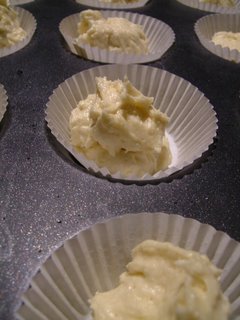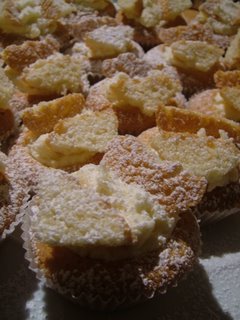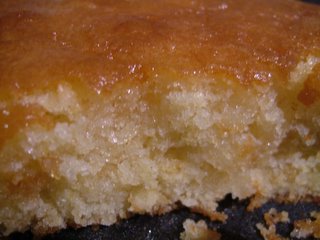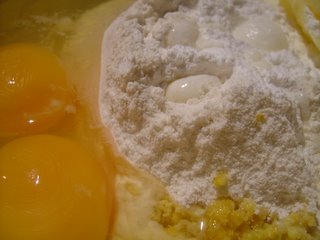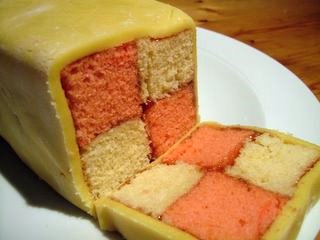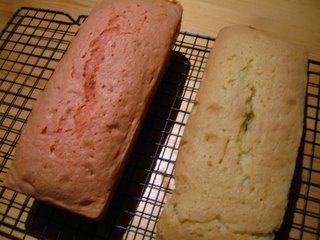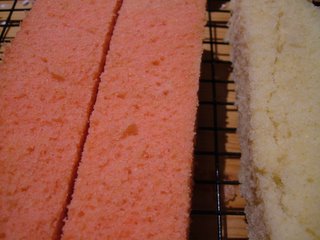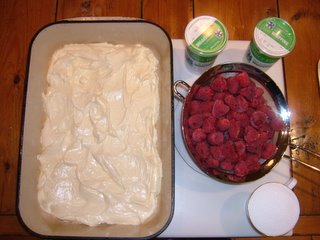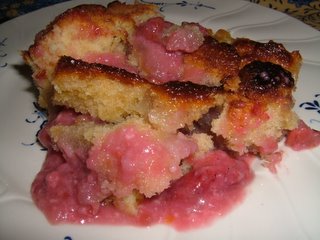Two cake recipes in a week! This is blog democracy in action – many of you have asked for more dessert recipes, so in response, I have been baking like a demon.
This is a handsome cake. The caramel and fruit layer on a pineapple upside-down cake looks positively jewel-like, and tastes glorious, soaking into the cake to add a rich moistness to an already toothsome sponge. If, like me, you significantly lack cake-decorating skills, you’ll like this recipe, which produces a foolproof but rather beautiful piece of baking. If you can get pineapple tinned in syrup rather than juice, use that for an extra kick of gloss and sweetness; however, if all that’s available near you is the kind in juice, that will work perfectly well. (It’s what I used here.)
To make one pineapple upside-down cake, you’ll need:
50g salted butter
50g soft brown sugar
1 can pineapple rings (in syrup if possible)
Glacé cherries
3 tablespoons milk
175 g softened unsalted butter
175 g caster (superfine) sugar
3 large eggs
175 g self-raising flour
1½ teaspoons baking powder
Vanilla essence
Preheat the oven to 180° C (350° F).
Begin by greasing and lining a 25cm round cake tin with greaseproof paper. Don’t use a springform tin – there is caramel in the pineapple layer which will dribble out of a tin with a loose bottom when heated.
Prepare the caramel by melting the salted butter, a couple of drops of vanilla essence and the soft brown sugar together in a small pan and boiling hard for five minutes. (Watch out here – the caramel will be very hot.) Pour the caramel into the bottom of the lined tin, and tip the tin carefully to make sure that it covers the base well.
Arrange the pineapple rings in a tight pattern on the bottom of the tin (see pictures), and put a glacé cherry in the middle of each one. Set the tin aside while you prepare the cake batter.
Put the milk, unsalted butter, sugar, flour, eggs and baking powder in a large bowl and beat with an electric mixer for two minutes, until the batter is pale and stiff. Spread the batter out over the pineapple pieces with a spatula and bake the cake for 50 minutes, until a skewer pushed into the centre of the cake comes out clean.
Allow the cake to cool for about ten minutes in its tin, until it is cool enough to handle (this sponge can be quite fragile when very hot), then place a plate over the top of the cake tin, hold it there firmly and turn the whole assembly upside down, so the cake slips out, upside-down, onto the plate. Slide the cake off the plate onto a cooling rack until it is completely cold.

